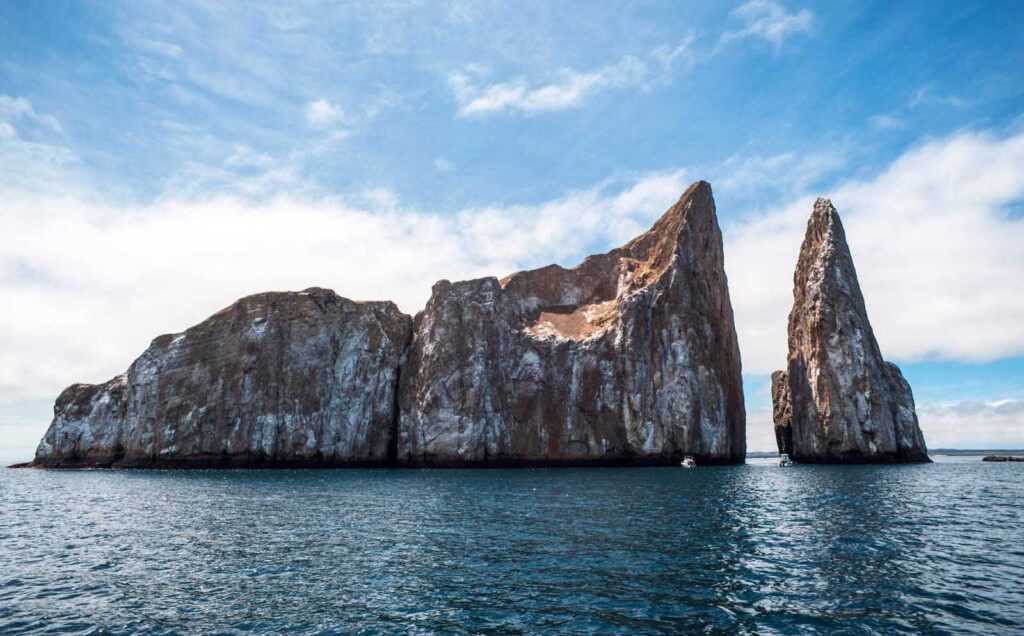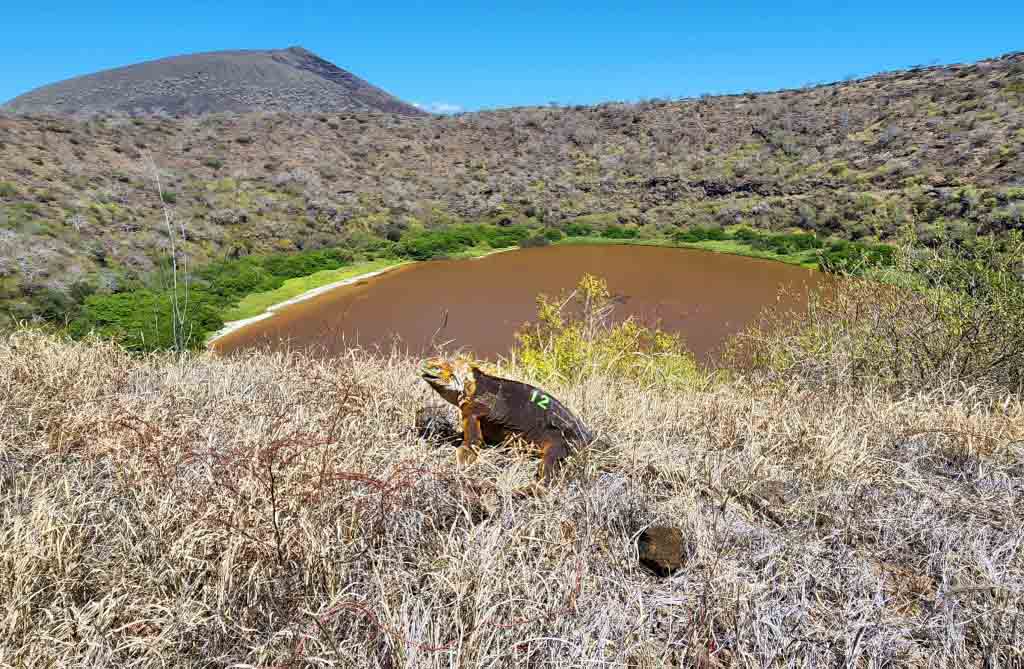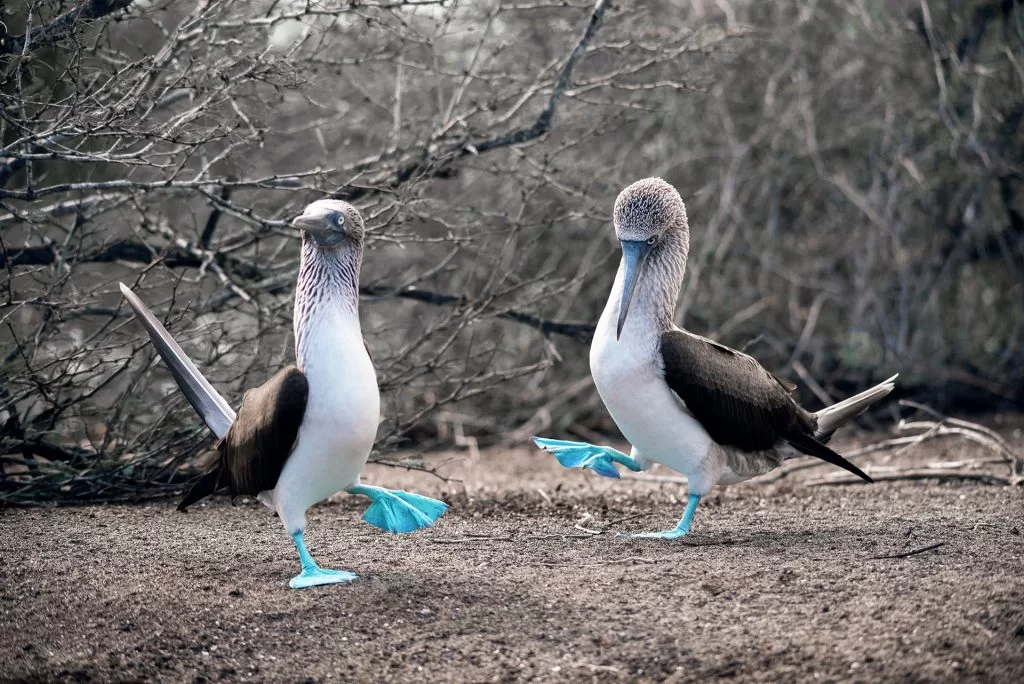Isabela Island
Are you dreaming of an adventure to a unique island full of wildlife and stunning landscapes? Isabela Island is the largest in the Galapagos archipelago, offering many incredible sites and activities.
Location and geography
Isabela Island is the largest island in the Galapagos archipelago. It covers 1,771 square miles of land. The island was formed by five young volcanoes joining together. These volcanoes made a mountainous terrain and unique land formations.
The highest point on the island reaches 5,599 feet above sea level. “This volcanic formation creates stunning landscapes,” say many visitors who come to explore its topography. Isabela’s geographic location also means it has rich island geology and diverse ecology.
Visitor Sites
Isabela Island has many amazing places to visit. Each spot offers something unique and exciting for travelers.
List of Wildlife on Isabela Island
Isabela Island is full of life. Many unique animals call this place home.
- Giant Tortoises: These big, slow creatures can live for over 100 years.
- Large Marine Iguanas: They swim in the ocean and eat seaweed.
- Flightless Cormorants: These birds can’t fly but are great divers.
- Penguins: The only penguins found north of the equator live here.
- Cactus Finch: A small bird that feeds on cactus flowers and seeds.
- Dark-billed Cuckoo: Known for its dark bill and loud calls.
- Galapagos Dove: Has a lovely red-brown color with white spots on its wings.
- Galapagos Flycatcher: This bird is curious and often comes close to visitors.
- Galapagos Hawk: A top predator on the island with keen eyesight.
- Galapagos Mockingbird: Famous for its varied songs and social behavior.
- American Oystercatcher: Recognizable by its bright orange beak and loud call.
- Black-necked Stilt: Long legs help it wade through shallow waters to hunt for food.
- Blue-footed Booby: Easily spotted due to its bright blue feet used in mating dances.
- Brown Noddy: A seabird often seen near cliffs and rocky shores.
- Brown Pelican: Plunges from heights to catch fish with its large bill pouch.
- Cattle Egret: Often seen near grazing animals, catching insects they disturb.
- Galapagos Green Turtle: Endangered species; they mostly stay in warm waters but come ashore to lay eggs.
- Galapagos Snake-Biserialis: Small yet fearsome reptile slithers across Isabela’s landscape.
- Galapagos Tortoise: Massive, iconic island creature lives more than a century on Isabela’s lush greenery.
- Lava Lizard: Swift little reptiles dart over sunbaked rocks for insect prey daily via agile moves.
- Land Iguana: Golden-hued, strong desert specialist consumes cacti during dry seasons for survival.
- Marine Iguana: Unique seaweed-grazing swimmer only found in Galápagos regions today also thrives abundantly within Isabela sites, regarded as natural habitats crucial for maintaining ecological balance since earliest times, significantly valued from a conservatory perspective globally given its massive importance efficiently and practically.
Looking for an unforgettable adventure? Isabela Island, the largest in the Galapagos, offers diverse landscapes and wildlife. Explore active volcanoes, lush highlands, and pristine beaches. Spot giant tortoises, marine iguanas, and Galapagos penguins. Snorkel in crystal-clear waters and discover vibrant marine life. It’s a paradise for nature enthusiasts and adventurers.
Frecuently Asked Questions
Isabela Island is the largest island in the Galápagos. It has unique wildlife, including giant tortoises and marine iguanas.
You can reach Isabela Island by plane or boat from other islands in the Galápagos archipelago.
Visitors can snorkel, hike, and explore volcanic landscapes. They can also visit historical sites and see diverse animal species.
The best time to visit Isabela Island is during the dry season from June to December for mild weather and clear skies.





